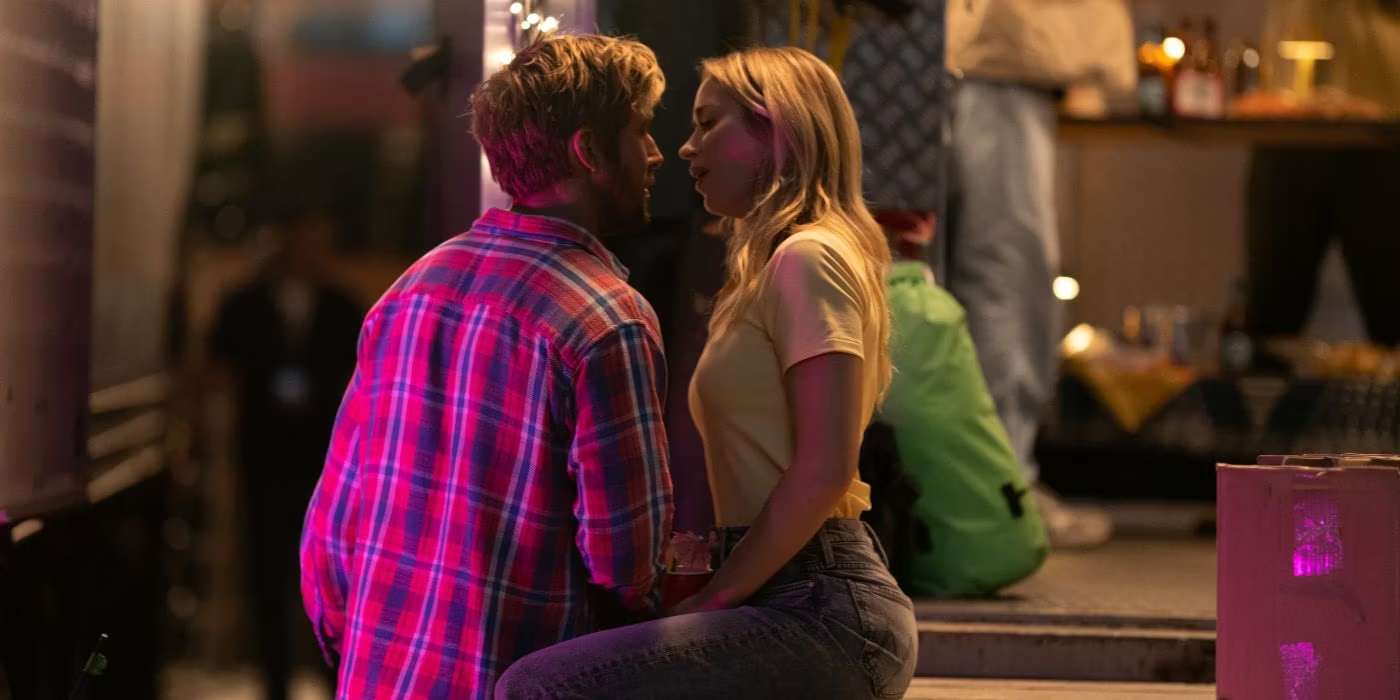By Nick L’Barrow
Continuing with Phase 4 of the now beloved Marvel Cinematic Universe, Shang Chi and the Legend of the Ten Rings is Marvel’s first proper foray into the world of ancient martial arts. Combining the fascinating cultural and fantasy-based elements of different martial art practices with the classic (albeit formulaic) Marvel superhero origin story, Shang Chi starts out feeling like a breath of fresh air in the MCU. However, as the movie continues down it’s hero’s journey, a few drawn out and generic set pieces somewhat brings down what could have been a top-10 MCU movie for me personally.
Shang Chi tells the story of Shaun (Simu Liu), a man-child valet driver who has pawned off all responsibility in life to be carefree (and do drunk karaoke) with his best friend, Katy (Awkwafina). However, Shaun is hiding a past life from Katy, a past life where his name was Shang and his father is the head of a powerful, mystical group called The Ten Rings. The life Shang once thought he had banished has now caught up with him, as his father, Xu Wenwu (Tony Leung), stops at nothing to retrieve a pendant held by Shang that holds the power to potentially bring his wife (Shang’s mother) back to life, and reveals Shang’s true identity to Katy at the same time.
Marvel’s tendency to use up-and-coming or indie-film directors continues as Destin Daniel Cretton (Short Term 12) helms the directors chair and shares a co-writing credit for Shang Chi. There are times where the directors vision shines through the film, and other times where it doesn’t. Thankfully, Cretton is of the former, creating a truly soul-filled and visually thrilling Marvel film. Right from the films beautiful opening scene of a wonderfully choreographed fight/dance scene between Xu Wenwu and Li (Fala Chen) showcases very specific cinematography that harkens back to the fantasy-kung fu cinema I grew up watching. The influence of Asian cinema is truly at the forefront of these special moments of the film and feel genuinely different to most Marvel films to date. And while the film slowly transitions more into a traditional Marvel movie as the story goes on, there is no denying that the opening moments of this film left an impression on me.
The films shift of tones is not completely detrimental to the overall experience though. The MCU-isms that work for this film are incredibly well done. The fight scenes a jaw-dropping and thrilling. Simu Liu embodies the physicality of Shang Chi with ease, making the choreography of each fight look easy (which I’m certainly sure was not the case when filming). Each kick, flip or jump meshes the excitement of high-octane action (especially the bus scene!) with the captivating movements of the different forms of martial art expertise of display by Liu and the stunt teams. Even when the story goes more overblown-Marvel-action later in the film, it’s still the one-on-one hand combat scenes that steal the show, with the fantasy element of the story complimenting a lot of those fights well.
The second, but just as important show stealing element of Shang Chi is the quick-fire humour from both Liu and Awkwafina, who’s one-lines and comedic timing add to the enjoyment. The chemistry between both actors is electric as they bounce of each other with that best-friend banter we all know and love. The humour never outstays it’s welcome, and it’s not as frequent as say Guardians of the Galaxy, but it’s the perfect amount for this story and enough for it to be noticeably enjoyable. There is also a hilarious returning character, who alongside an animal-like friend, was getting incredible laughs from the audience for their small amount of screen time.
Shang Chi’s biggest flaw is that even though the transition from something original feeling into the more MCU-based setup is seamless, it hits the crossroads of this too early into the film. The first 45 minutes of Shang Chi is paced well, with very exciting set-pieces, establishing a great family centric story and dosing the humour at a good rate. But, there is a point when the pacing slows down noticeably, and the story feels more like it was made in the Marvel writing room, than be the creators of the film itself. This may seem like an obvious observation based on the fact that Marvel is always setting up it’s worlds and overarching story, but the conclusion of Shang Chi feels like it could ended about 20 minutes earlier, and had a stronger impact on the audience. The second half of Shang Chi is by no means a bad movie, it’s just not as strong as it’s first half. And after such a promising start, I can’t help but feel a little let down by it’s generic finish.
In saying this, the lead on to the future of the MCU still has me excited to see what happens next. The final scene is intriguing and the obligatory mid and end credits scenes promise some great things coming for Shang himself.
Shang Chi and the Legend of the Ten Rings successfully combines a fantasy-martial arts tale with the tried and test Marvel formula. Simu Liu gives a great performance alongside an enjoyable supporting cast. Even though the ending doesn’t stick the total landing, the positives of the movie still have me excited to see more Shang on screen!
Shang-Chi is in select Australian cinemas September 2, and in other locations late September (lockdowns pending).














